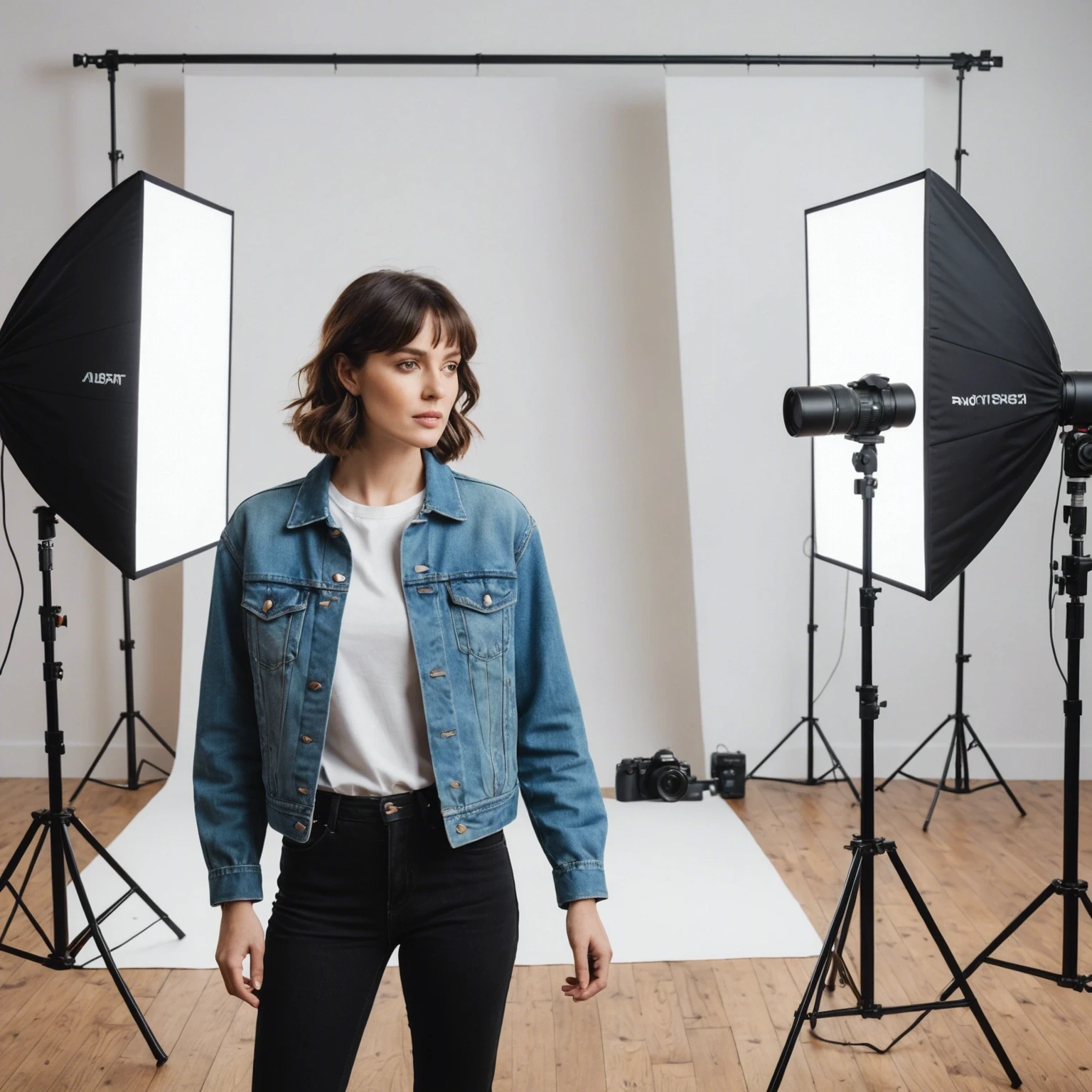Transforming Product Images into Stunning Photoshoots Instantly with AI
Mar 25, 2024

The Future of Advertising with AI Image Generators: An Agency Perspective
In today's digital age, advertising has become an integral part of our daily lives. From scrolling through social media feeds to watching TV commercials, we are constantly bombarded with advertisements. As technology continues to advance, the advertising industry has also evolved, and one of the latest developments that is set to revolutionize the way we create and consume ads is AI image generators.
AI image generators use artificial intelligence algorithms to create images that are almost indistinguishable from real photographs. This technology has the potential to significantly impact the advertising industry, and it is important for agencies to understand its implications and how it can be leveraged to stay ahead of the game.
The Key Issues and Debates Surrounding AI Image Generators
One of the main debates surrounding AI image generators is the fear that this technology will replace human creativity and lead to job losses in the advertising industry. However, this is not the case. While AI image generators can create realistic images, they still lack the emotional and creative intelligence of humans. Advertising is not just about creating visually appealing images; it is about telling a story and connecting with the audience on an emotional level. This is something that AI is not capable of doing, at least not yet.
Another issue is the ethical implications of using AI image generators in advertising. As these generators can create images of people who do not actually exist, there are concerns about the use of these images without the consent of the person they are modeled after. This raises questions about privacy and the potential for misuse of this technology.
Practical Implications and Recommendations for Readers
While there are debates and concerns surrounding AI image generators, there are also many practical implications for the advertising industry. One of the most significant benefits is cost savings. Creating high-quality images for advertising campaigns can be expensive, but with AI image generators, agencies can significantly reduce their production costs. This can also lead to quicker turnaround times, allowing agencies to produce more content in a shorter amount of time.
Another advantage is the ability to create targeted and personalized ads. AI image generators can analyze data and create images that are tailored to specific demographics, allowing for more effective advertising campaigns. This technology can also be used to create dynamic ads that change based on the user's behavior and preferences.
To fully leverage the potential of AI image generators, agencies must invest in training their creative teams to work alongside this technology. This will not only help them understand its capabilities but also enable them to use it to enhance their creativity and produce more impactful ads.
Conclusion
AI image generators are still in the early stages of development, and there are many questions and debates surrounding their use in the advertising industry. However, it is clear that this technology has the potential to transform the way we create and consume ads. Agencies must embrace this change and see it as an opportunity to enhance their creativity and efficiency, rather than a threat to their jobs.
Further research and discussions are needed to address the ethical concerns and potential misuse of AI image generators. As this technology continues to evolve, it is essential for agencies to stay updated and adapt their strategies accordingly. The future of advertising with AI image generators is exciting, and it will be interesting to see how it shapes the industry in the years to come.